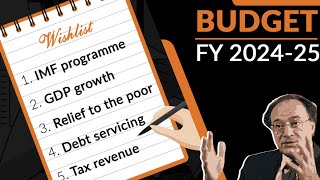Roughly an inch (2.5 cm) of rain is expected to fall in the next few days on the drought-damaged areas of Brazil's coffee belt in southern Minas Gerais and north-western Sao Paulo state, according to Reuters Weather Dashboard data. Although still a week away, forecast models also showed as much as 2 inches (5 cm) of rain projected on the following weekend for the country's main coffee-growing areas.
Farmers will welcome the moisture after drought severely damaged the potential of the world's largest coffee crop. Coffee futures have weakened 22 percent from highs in early October, after spring showers, although belated, began in drought-parched growing regions. But analysts say the market may be getting ahead of itself in assuming the returning rains will translate into a bigger crop as soon as next year.
Judith Ganes-Chase at J. Ganes Consulting said in a report that "rain makes it green, but it doesn't make the grains", adding that the improved appearance of trees after the rains does not mean they will produce normally yet. The 10-month drought that started in January over the coffee belt damaged trees' foliage and roots so severely that normal output is unlikely until 2016, with next year's potential harvest looking much like this year.
After triggering flowering in the past month, continued regular rainfall will be critical in the coming weeks for the crop to reach similar output levels as seen this year. Any dryness during this period could mean an even smaller crop. There is a wide gap in the forecasts for this year's harvest, which ended in August. Low-end estimates tend to see production below 45 million 60-kg bags, while trade houses and analysts see output closer to 50 million bags.
Recent rains are staring to raise soil moisture levels to normal. Rainfall accumulations in the south-east region, however, remain below average. Since mid-October, rainfall in the key coffee region in southern Minas Gerais remains 44 percent below normal, while the cane-rich area of central Sao Paulo is still down 22 percent, Reuters Weather Dashboard showed. Forecasters at the US-based Commodities Weather Group said rains over the coming 15 to 30 days, however, would "leave few areas with inadequate moisture." The heaviest rains over the next week are forecast to occur over south-western Minas Gerais, after which rains will move north-west into Brazil's soy- and corn-rich center-west grain states, local forecaster Somar said.
BR100
7,977
Increased By
398.8 (5.26%)
BR30
25,602
Increased By
1383.8 (5.71%)
KSE100
76,208
Increased By
3410.7 (4.69%)
KSE30
24,438
Increased By
1225 (5.28%)




















Comments
Comments are closed.